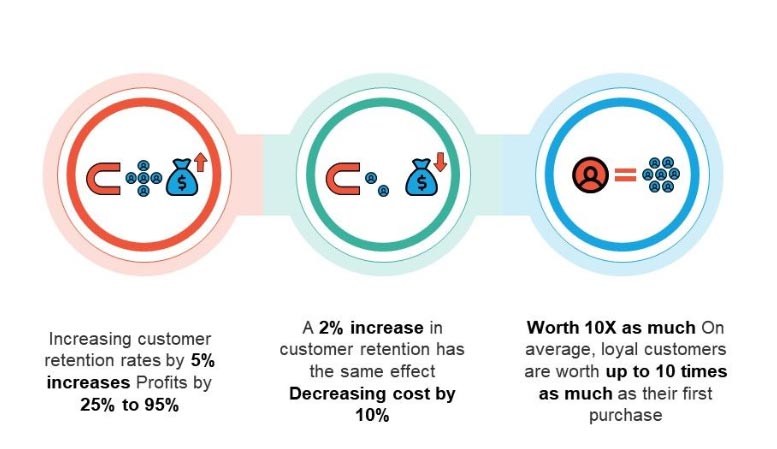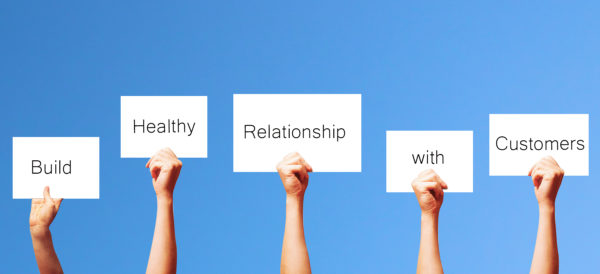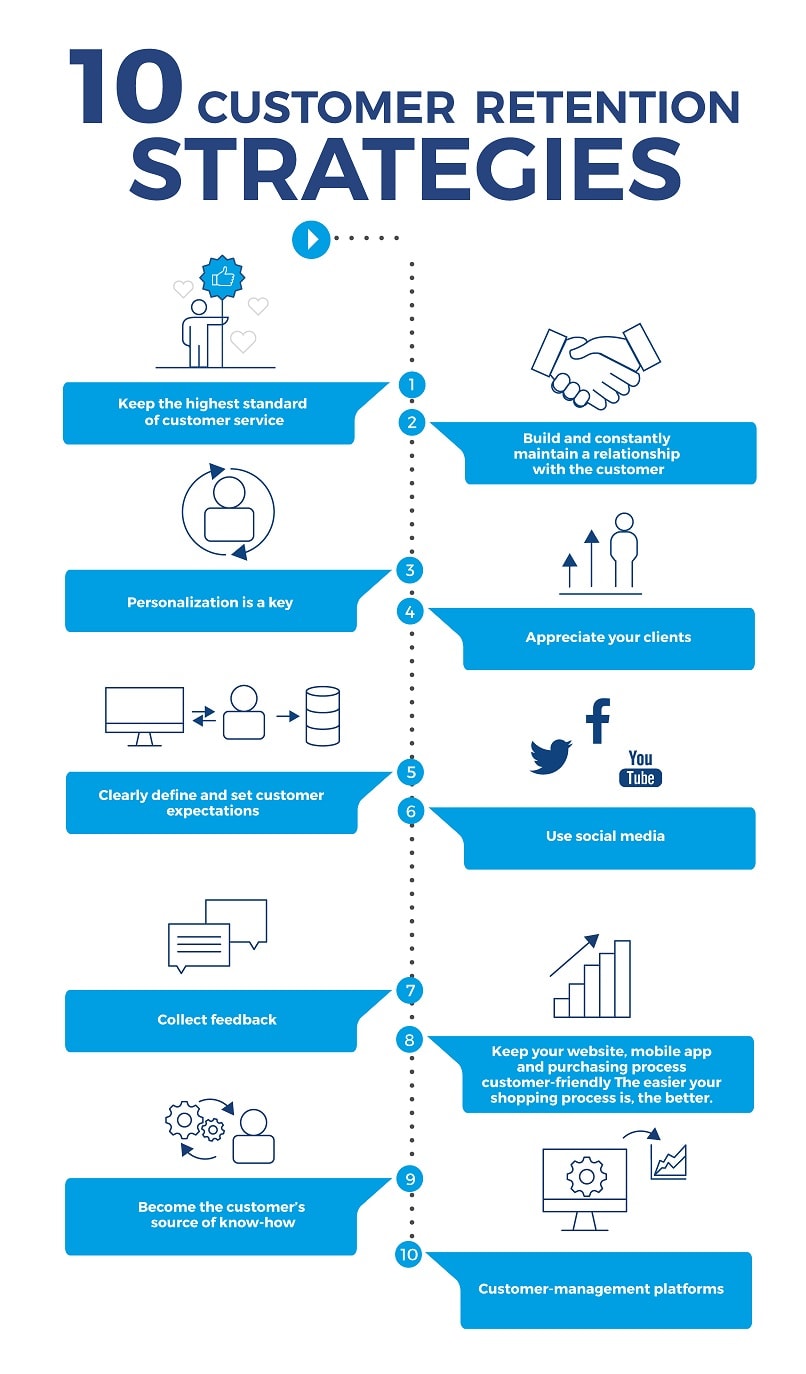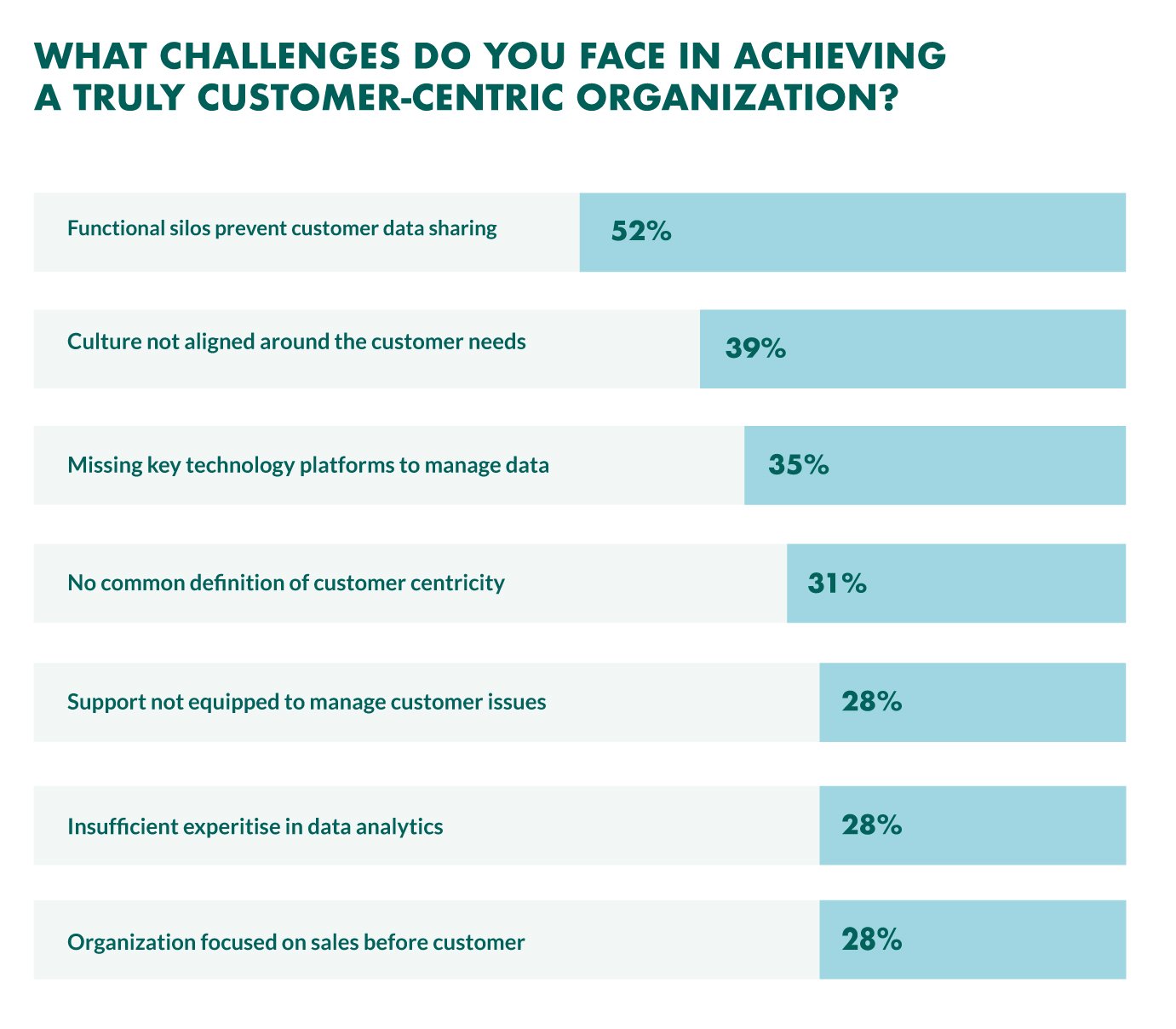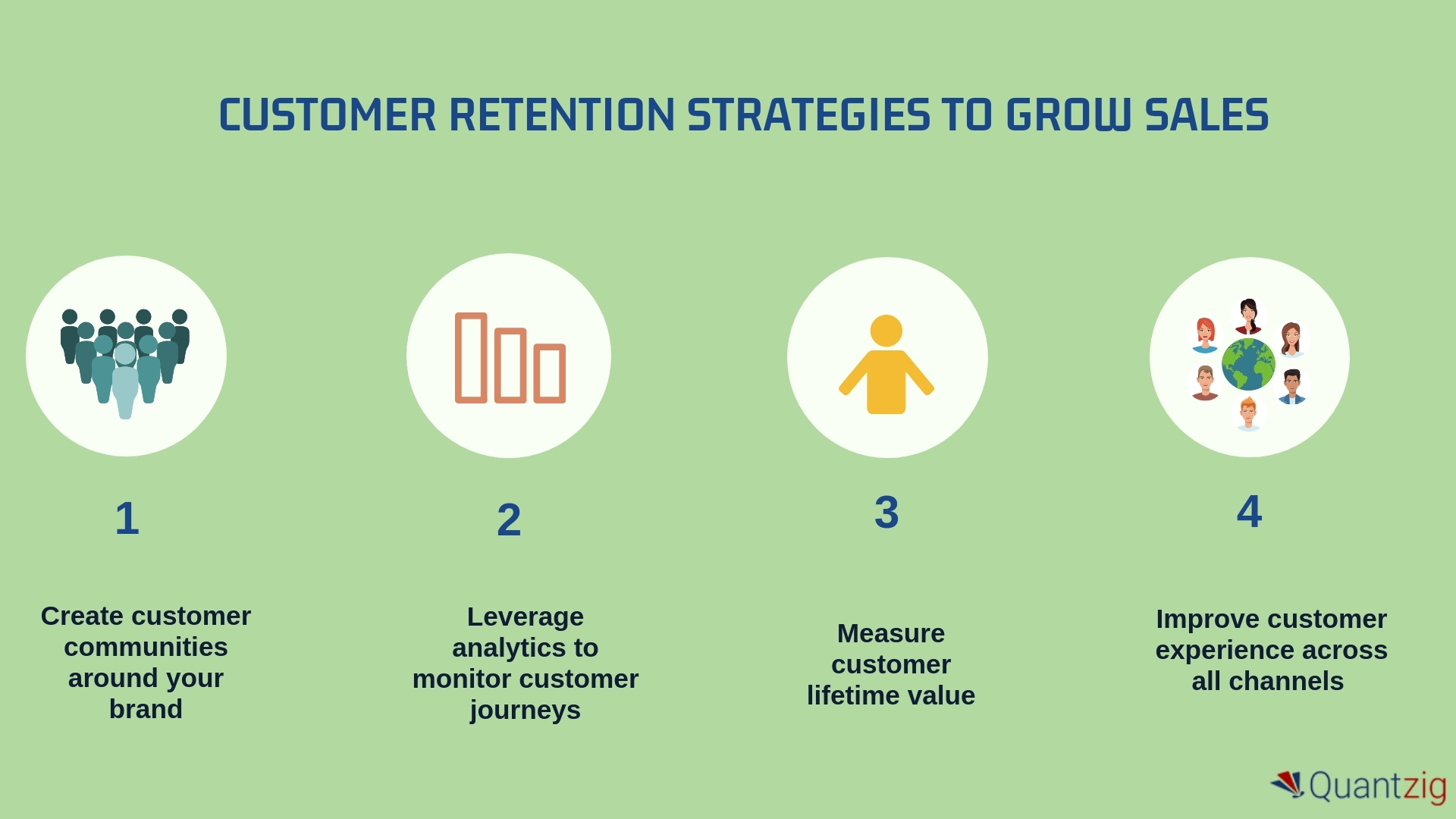Why Customer Retention Matters in Today’s Competitive Market
In today’s fast-paced and highly competitive business landscape, companies are constantly seeking ways to stay ahead of the curve and maintain a loyal customer base. One of the most effective ways to achieve this is by implementing customer retention strategies. Customer retention refers to the ability of a company to retain its existing customers over time, rather than constantly trying to acquire new ones. This approach not only saves companies money but also fosters long-term growth and revenue.
According to a study by Bain & Company, a 5% increase in customer retention can lead to a 25-95% increase in profits. This is because acquiring new customers can be up to 7 times more expensive than retaining existing ones. Furthermore, retained customers are more likely to become brand advocates, providing valuable word-of-mouth marketing and online reviews that can attract new customers.
Customer retention strategies are particularly important in today’s digital age, where customers have numerous options at their fingertips. With the rise of e-commerce and social media, customers can easily switch to a competitor if they are not satisfied with a company’s products or services. Therefore, companies must prioritize building strong relationships with their customers and providing them with personalized experiences that meet their needs and exceed their expectations.
By implementing effective customer retention strategies, companies can reduce customer churn, increase customer loyalty, and ultimately drive long-term growth and revenue. This can be achieved through a variety of tactics, including personalized communication, loyalty programs, and proactive issue resolution. In the following sections, we will explore these tactics in more detail and provide examples of companies that have successfully implemented customer retention strategies.
Understanding Your Customer’s Needs and Preferences
To develop effective customer retention strategies, it is essential to understand your customers’ needs and preferences. Gathering customer feedback and data is crucial in informing retention strategies and ensuring that your company is meeting the evolving needs of its customers. There are several ways to collect customer feedback, including surveys, social media, and customer analytics tools.
Surveys are a traditional method of gathering customer feedback and can be conducted online or offline. They provide valuable insights into customer satisfaction, preferences, and pain points. Social media is another effective way to collect customer feedback, as customers often share their experiences and opinions on platforms like Twitter, Facebook, and Instagram. By monitoring social media conversations, companies can identify trends and patterns in customer feedback and respond promptly to customer concerns.
Customer analytics tools, such as customer relationship management (CRM) software, can also provide valuable insights into customer behavior and preferences. These tools can help companies track customer interactions, purchase history, and demographic data, enabling them to develop targeted retention strategies. For example, a company can use CRM data to identify customers who are at risk of churning and proactively offer them personalized promotions or loyalty rewards.
By gathering and analyzing customer feedback and data, companies can develop a deeper understanding of their customers’ needs and preferences. This understanding is critical in developing effective customer retention strategies that meet the evolving needs of customers and foster long-term loyalty. In the next section, we will explore how to build strong relationships with customers, including personalized communication, loyalty programs, and proactive issue resolution.
How to Build Strong Relationships with Your Customers
Building strong relationships with customers is critical to developing effective customer retention strategies. This can be achieved through personalized communication, loyalty programs, and proactive issue resolution. Personalized communication involves tailoring interactions with customers to their individual needs and preferences. This can be done through email, social media, or phone calls, and can help to build trust and loyalty with customers.
Loyalty programs are another effective way to build strong relationships with customers. These programs reward customers for repeat purchases or other desired behaviors, and can help to encourage customer loyalty and retention. For example, a company might offer a loyalty program that rewards customers with points or discounts for every purchase they make. These points or discounts can then be redeemed for rewards, such as free products or services.
Proactive issue resolution is also essential for building strong relationships with customers. This involves anticipating and resolving potential issues before they become major problems. For example, a company might use data analytics to identify customers who are at risk of churning, and then proactively reach out to them to offer personalized support and solutions. By resolving issues quickly and efficiently, companies can build trust and loyalty with their customers, and reduce the risk of customer churn.
Additionally, companies can use customer feedback to build strong relationships with their customers. By actively seeking out and responding to customer feedback, companies can demonstrate their commitment to customer satisfaction and build trust with their customers. This can be done through surveys, social media, or other channels, and can help to identify areas for improvement and optimize customer retention strategies.
By building strong relationships with customers, companies can develop effective customer retention strategies that drive long-term growth and revenue. In the next section, we will explore the importance of regular, relevant, and timely communication with customers, including the use of email, social media, and content marketing.
Effective Communication Strategies for Customer Retention
Regular, relevant, and timely communication with customers is crucial for effective customer retention strategies. This can be achieved through various channels, including email, social media, and content marketing. Email marketing, for example, can be used to send personalized messages to customers, such as welcome emails, abandoned cart reminders, and loyalty program updates.
Social media is another effective channel for communicating with customers. Companies can use social media platforms to share engaging content, respond to customer inquiries, and provide customer support. By being responsive and engaging on social media, companies can build trust and loyalty with their customers, and reduce the risk of customer churn.
Content marketing is also a powerful tool for customer retention. By creating and sharing valuable, relevant, and consistent content, companies can attract and retain a clearly defined audience. This can include blog posts, videos, podcasts, and other types of content that provide value to customers and help to build trust and loyalty.
Timing is also critical when it comes to communication with customers. Companies should aim to communicate with customers at the right moment, whether it’s to offer a promotion, provide support, or simply to check in. By being timely and relevant in their communication, companies can build strong relationships with their customers and increase the chances of retaining them.
Furthermore, companies should also consider the tone and language used in their communication with customers. The tone should be friendly, approachable, and consistent with the company’s brand voice. The language should be clear, concise, and free of jargon. By using the right tone and language, companies can build trust and rapport with their customers, and increase the chances of retaining them.
By implementing effective communication strategies, companies can build strong relationships with their customers, increase customer loyalty, and reduce the risk of customer churn. In the next section, we will explore the role of technology in customer retention, including the use of customer relationship management (CRM) software, marketing automation tools, and data analytics platforms.
Leveraging Technology to Enhance Customer Retention
Technology plays a vital role in customer retention strategies, enabling companies to streamline processes, personalize interactions, and gain valuable insights into customer behavior. Customer relationship management (CRM) software, for example, allows companies to manage customer interactions across multiple channels, providing a unified view of customer data and enabling personalized communication.
Marketing automation tools are another key technology for customer retention. These tools enable companies to automate repetitive tasks, such as email marketing and lead nurturing, freeing up resources for more strategic activities. By automating routine tasks, companies can focus on building strong relationships with their customers and delivering personalized experiences that drive loyalty and retention.
Data analytics platforms are also essential for customer retention strategies. These platforms provide companies with valuable insights into customer behavior, enabling them to identify trends, patterns, and preferences. By analyzing customer data, companies can develop targeted retention strategies that meet the unique needs of their customers, increasing the chances of retaining them.
Additionally, companies can leverage technology to deliver personalized experiences that drive customer loyalty and retention. For example, companies can use data analytics to identify customers who are at risk of churning and proactively offer them personalized promotions or loyalty rewards. By delivering personalized experiences, companies can build strong relationships with their customers and increase the chances of retaining them.
Furthermore, technology can also enable companies to measure and optimize their customer retention efforts. By tracking key metrics such as customer churn rate, retention rate, and lifetime value, companies can gain valuable insights into the effectiveness of their retention strategies and make data-driven decisions to optimize them.
By leveraging technology, companies can develop effective customer retention strategies that drive long-term growth and revenue. In the next section, we will explore the importance of measuring and optimizing customer retention efforts, including the use of data analytics and key performance indicators (KPIs).
Measuring and Optimizing Customer Retention Efforts
To ensure the effectiveness of customer retention strategies, it is essential to track key metrics and use data to optimize retention efforts. Customer churn rate, retention rate, and lifetime value are three critical metrics that companies should monitor regularly. By tracking these metrics, companies can identify areas for improvement and make data-driven decisions to optimize their retention strategies.
Customer churn rate refers to the percentage of customers who stop doing business with a company over a specific period. By tracking churn rate, companies can identify trends and patterns in customer behavior and develop targeted retention strategies to reduce churn. Retention rate, on the other hand, refers to the percentage of customers who continue to do business with a company over a specific period. By tracking retention rate, companies can measure the effectiveness of their retention strategies and identify areas for improvement.
Lifetime value (LTV) is another critical metric that companies should track. LTV refers to the total value of a customer to a company over their lifetime. By tracking LTV, companies can identify their most valuable customers and develop targeted retention strategies to retain them. By using data to optimize retention efforts, companies can increase customer loyalty, reduce churn, and drive long-term growth and revenue.
Additionally, companies can use data analytics to identify trends and patterns in customer behavior and develop targeted retention strategies. For example, companies can use data analytics to identify customers who are at risk of churning and proactively offer them personalized promotions or loyalty rewards. By using data to optimize retention efforts, companies can build strong relationships with their customers and increase the chances of retaining them.
By measuring and optimizing customer retention efforts, companies can develop effective customer retention strategies that drive long-term growth and revenue. In the next section, we will explore the importance of creating a customer-centric culture within your organization, including the role of employee training, incentives, and leadership buy-in.
Creating a Customer-Centric Culture Within Your Organization
Creating a customer-centric culture within your organization is crucial for developing effective customer retention strategies. This involves embedding a customer-focused mindset throughout the organization, from leadership to front-line employees. By doing so, companies can ensure that every interaction with customers is positive, personalized, and memorable.
Employee training is a critical component of creating a customer-centric culture. Companies should provide ongoing training and development programs that equip employees with the skills and knowledge needed to deliver exceptional customer experiences. This includes training on customer service, communication, and problem-solving, as well as product and service knowledge.
Incentives are also an effective way to encourage employees to prioritize customer satisfaction. Companies can offer incentives such as bonuses, rewards, or recognition programs that motivate employees to deliver exceptional customer experiences. By recognizing and rewarding employees who deliver outstanding customer service, companies can reinforce a customer-centric culture and encourage employees to strive for excellence.
Leadership buy-in is also essential for creating a customer-centric culture. Leaders should set the tone for the organization by prioritizing customer satisfaction and communicating the importance of customer retention to all employees. By leading by example and demonstrating a commitment to customer satisfaction, leaders can inspire employees to follow suit and create a customer-centric culture that drives long-term growth and revenue.
By creating a customer-centric culture, companies can develop effective customer retention strategies that drive long-term growth and revenue. In the next section, we will explore real-world examples of companies that have successfully implemented customer retention strategies, including Amazon, Netflix, and Warby Parker.
Real-World Examples of Successful Customer Retention Strategies
Several companies have successfully implemented customer retention strategies that have driven long-term growth and revenue. Amazon, for example, has implemented a customer-centric approach that focuses on delivering exceptional customer experiences through personalized recommendations, fast shipping, and hassle-free returns. By prioritizing customer satisfaction, Amazon has built a loyal customer base that drives repeat business and positive word-of-mouth.
Netflix is another company that has successfully implemented customer retention strategies. Netflix uses data analytics to personalize content recommendations and offer users a unique viewing experience. By continuously improving its content offerings and user experience, Netflix has built a loyal customer base that drives long-term growth and revenue.
Warby Parker is a third example of a company that has successfully implemented customer retention strategies. Warby Parker offers a home try-on program that allows customers to try up to five pairs of glasses at home for free. By providing a unique and personalized shopping experience, Warby Parker has built a loyal customer base that drives repeat business and positive word-of-mouth.
These companies demonstrate the importance of prioritizing customer satisfaction and implementing effective customer retention strategies. By focusing on delivering exceptional customer experiences, companies can build loyal customer bases that drive long-term growth and revenue.


